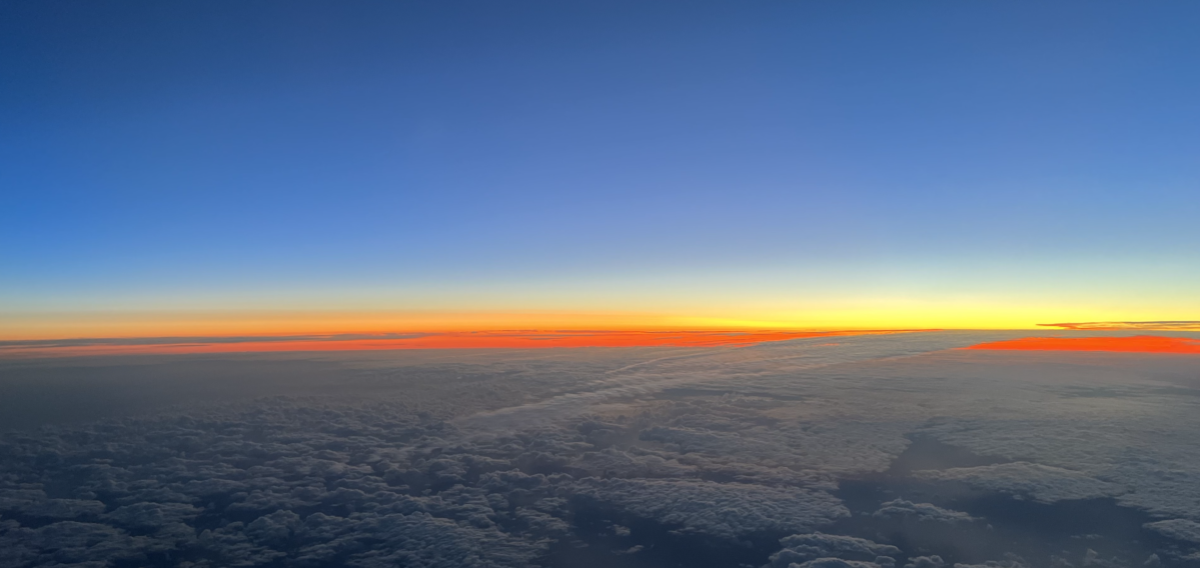Members: Melannie, Amanda, Robert, Hesler, Nick:
Grading Criteria
1. Pre-Production: Your Participation on Open Lab
2. Lighting: Rembrandt
3. Lighting: Split
4. Lighting: Butterfly in b/w & color
5. Contra Zoom (“Vertigo shot”)
6. Design Principles, 2 elements from unity, balance,
visual tension, rhythm, proportion, contrast, texture, and directionality)
7. Overlap, 2 examples e.g., overlap, size change, linear
perspective, and foreshortening
8. Your Production Participation/Attitude
9. Your Contribution to crew
10. Your Individual Achievements
Group B should exchange ideas at this thread.




Also, what are we thinking about for shots when we don’t have the room and lighting???
I was thinking we could do some of the design element shots out there, like the texture one? Or even a non-design element shot like using overlap with two actors.
I think we can use different floors or the theatre if we’re able to, or even the hallway to get what shots we need, and I agree that most likely we’ll do shots that aren’t necessarily in the design principle areas but other shots that don’t need any specific lighting
I think the theater would be great! The natural darkness of the theater could lend itself to a nice contrast shot maybe? And maybe even visual tension.
I don’t really have any ideas for other floors as of now though.
The basement as well could add a bit of creepy-ness if we’re going for anything like that too!
Your dialog is going somewhere! For the lighting requirements, it is good to do it in our studio/classroom. In the theatre, I don’t really want to touch things as the dept. is almost set to go for the Bindlestiff next Tuesday. I observed the Tech Production session two days ago. There was a lot of prep. done. For the “Design Principles” elements, you don’t need to be in the classroom.
The two group need to determine when each group goes where as it is better not to have both groups in the same room.
I was thinking we could use the contra zoom to make the background zoom in and appear more eerie behind the fortuneteller as they tell the fortune. For texture, I was thinking about maybe zooming in and showing the texture of the cards or the crystal ball or whatever the fortuneteller is using to read fortunes.
(Also, I do have tarot cards and will bring them in.)
For our group, we discussed that we could do one whole continuous “storyline, but at different takes/shots, the story would be there’s a fortune teller and a customer and then we’d incorporate the lighting effects like butterfly and spilt to exaggerate the two actors, and then we’d use the zoom effect on any drastic or dramatic part in the shot, we have talked about what design principles we’d like, such as symmetry and texture, but we’re still working on those, so far we have a clear idea of what we want it just takes a bit planning and envisioning what and how we really want our shots to look like and what we want them to entail.
We also will be updating throughout about other ideas we may have 🙂
some other ideas we talked about included
Rembrandt lighting – actors walking on camera, preferably the “bad” person ( sticking to our idea of a fortune teller)
split lighting – the fortune teller telling the customer something bad might happen to exaggerate and emphasize the feeling of unease
butterfly lighting – for the customer when they walk in, feeling optimistic
contra zoom – use this effect along with spilt lighting maybe to exaggerate the shot more and incorporate both to make the shot more cohesive
texture – this design principle is still in the works but maybe with props we can use this design principle
symmetry – this can make our shots more concise and pleasing to the viewer without making them look at multiple things, more feng shui if that makes sense